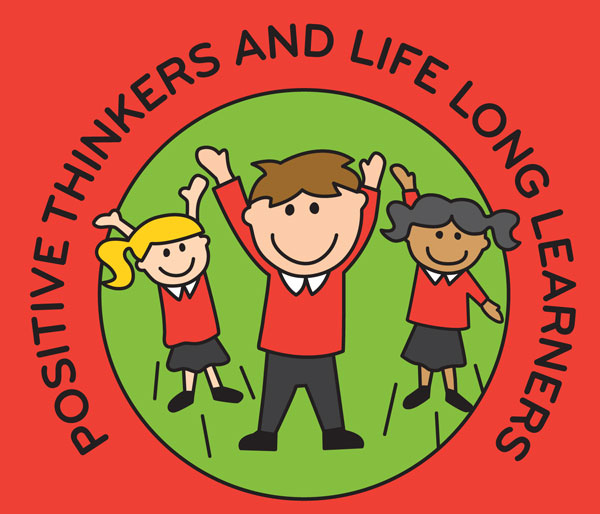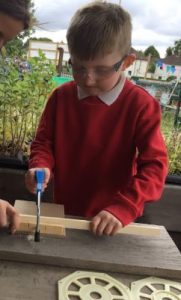Becoming a designer and a technologist
at BFPA
Key skills: Redrafting and creating prototypes
Visual support: Design, make and evaluate
The BFPA Design and Technology curriculum aims to inspire our children to be innovative and creative thinkers who have an appreciation for the product design cycle through ideation, creation and evaluation. We develop our children’s confidence to take risks, through drafting design concepts, modeling and testing and to be reflective learners who evaluate their work and the work of others. We build an awareness of the impact of design and technology on our lives and encourage children to become resourceful, enterprising citizens who will have the skills to contribute to future design advancements.
Our aim is that children who leave our school in Year 6 will be able:
- To produce high quality, beautiful design work.
- To understand the three main stages that are crucial to producing a successful design
- To research and plan a design. Understanding the importance of redrafting ideas multiple times.
- To make prototypes using the appropriate tools.
- To be able to discuss the reasons behind their design choices and evaluate them.
- To use and understand the language and vocabulary of a designer.
How our children learn to be a Designer and Technologist
Our children are taught to be designers and technologists through the three main stages of the design process: design, make and evaluate. Each stage of the design process is underpinned by technical knowledge which encompasses the contextual, historical and technical understanding required for each strand. Cooking and nutrition has a separate section with a focus on specific principles, skills and techniques in food including where food comes from, diet and seasonality.


